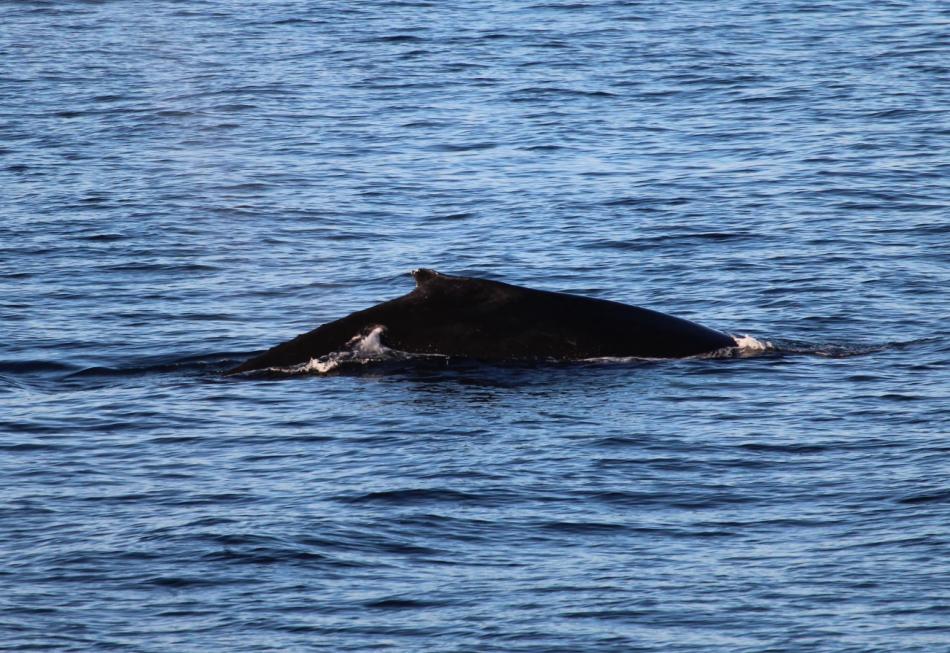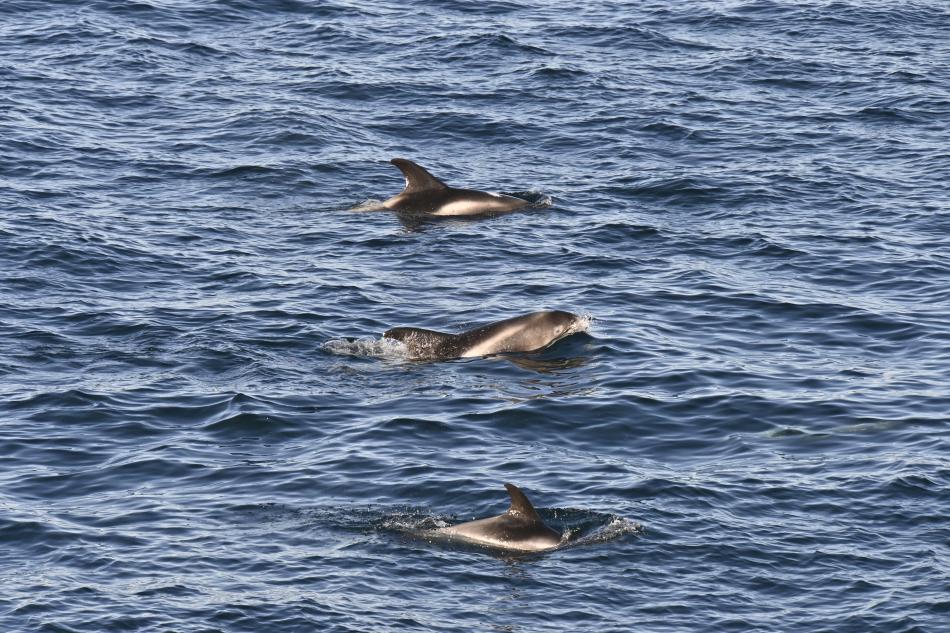Monday, 23 October 2023
Today we will be operating on Þruma RIB for our 10:00 and 14:00 Premium Whale tour and on our lovely vessel Eldey for the 09:00 and 13:00 Classic Whale Watching tours. Make sure to dress appropriately for the tours as it is always colder on sea than on land.
- CLASSIC WHALE TOUR | 9:00;13:00
- PREMIUM WHALE TOUR | 10:00;14:00
CLASSIC WHALE TOUR | 09:00
Report from Eldey: we started our day today with very weak wind and a calm sea, although we had a bit of swell once we started going further from Reykjavik. We sailed out in Faxaflói, admiring the pink colors of the sunrise for a while, when we spotted a tall blow in the distance: we had our first encounter with a humpback whale! Going for deeper dives, this whale arched its back and showed off its fluke, while it shined with the sun! We waited for it for a while, and it popped up closer to us this time, as we could all hear the loud blow when it came to breathe. We spent a while enjoying this individual until we decided to explore other areas to see what else the bay had for us. It was when we had our second encounter: a pod of 6-7 white-beaked dolphins, travelling calmly. They were a bit scattered, but decided to come together as a group to continue travelling, sometimes popping up synchronized. After a while with these ones, we realized we were running out of time and started our way back to Reykjavik, after a calm and beautiful morning at the sea.
- Milla Brandao
CLASSIC WHALE TOUR | 1300
Report from Eldey: We set off this afternoon in search of more animals like this morning. As we saw where the humpback was as we finished our morning tour we went to this area. When we got here we didn't find the humpback but we did find 2 pods of 2 harbour porpoises that surfaced nicely for us to see. We then also spotted a minke whale. It came to the surface quite a few times for us to see it. It also came near to our front! We then headed further out into the bay. Once we got out we started to see many blows. It is unusual to see such big blows from dolphins but they belonged to many many many white beaked dolphins. We spent most of our time with 3 different pods consisting of 6 then 3 and then 10 individuals. The one with 3 was maybe the same pod as yesterday where we saw a mother and calf. We got to see a calf in another pod too, very exciting! These dolphins came close as well and jumped lots making huge splashes. We could also see many more dolphins in the same area too. As we approached back to the harbour we got to see another 2 pods of porpoises. The first has 2 individuals and the second had 4-5.
- Rob Hyman
Bird species seen today include:
Sooty shearwater, eider duck, northern fulmar, common guillemot, glaucous gull, black backed gull, herring gul
Wildlife seen on today's tours:

The Humpback Whale is quite spectacular undergoing the longest migration of any mammal (5176miles/8334km one way), attracting females by singing to them and of course their energetic nature. On many occasions humpbacks have been seen breaching, tail slapping, fin slapping, blowing bubbles and spy hopping just to mention a few. The humpback is also one of the larger whales we encounter

The Minke Whale is the most common whale around Iceland and actually the world thus it is one of the main species we encounter on our whale watching tours. It is one of few species that don’t mind coming to shallower waters like here in Faxaflói Bay to feed on the abundant food available to them.

The white-beaked dolphin is the most common dolphin found in the surrounding waters of Iceland and is seen not only in the summer but winter too usually in larger numbers, hundreds sometimes. When feeding they show energetic behaviour such as breaching out of the water and coming down with a big splash and bursts of fast swimming.

The Harbour Porpoise is the smallest and most abundant cetacean around Iceland. They are usually shy but occasionally they come and play around the boats. They can be relatively hard to spot from a distance due to their size and their abundance depends entirely on the food availability of our shores since they are opportunistic feeders.

